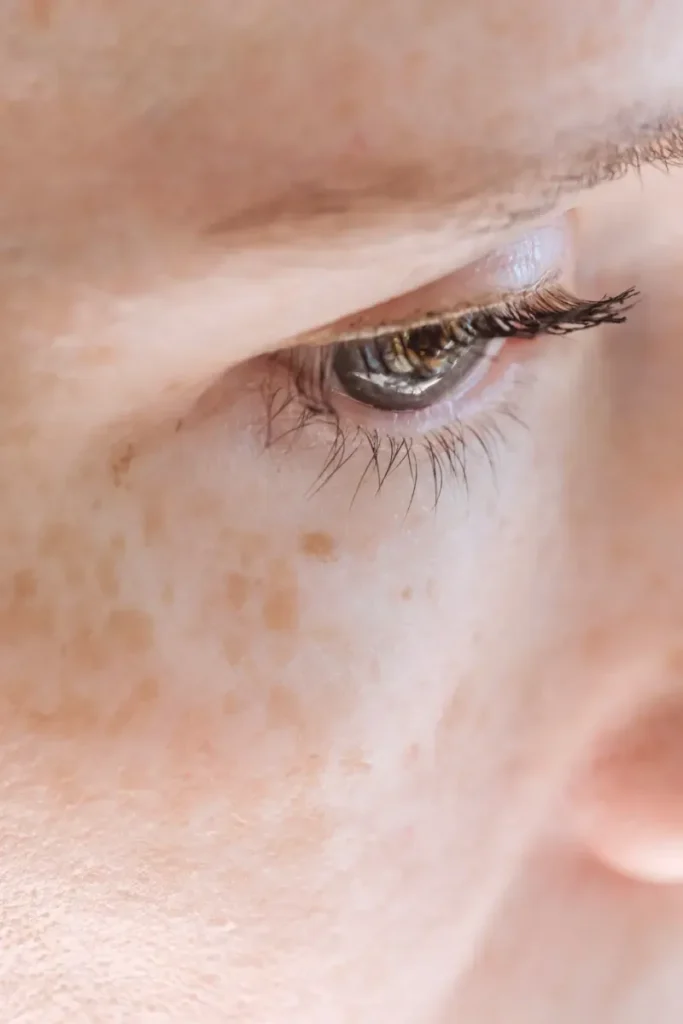Melasma: A Closer Look At Causes And Aggravating Factors
Melasma: A Closer Look At Causes And Aggravating Factors

Melasma is an often-overlooked but prevalent skin condition that affects more than six million people in the United States alone. It is a common skin issue, particularly in women between the ages of 20 and 50 years old.
What Is Melasma?
Melasma is characterized by the appearance of brown to greyish-brown patches of skin on the face, primarily on the cheeks, forehead, and upper lip area, in a butterfly pattern. Melasma is sometimes referred to as “the mask of pregnancy” as it often appears in women during pregnancy or after taking oral contraceptives. Although more women than men have melasma, it can affect men as well. Melasma is not harmful, but it can be unsightly and often takes a toll on one’s self-confidence and self-esteem.
What Causes Melasma?
The exact cause of melasma is unknown. However, some factors have been shown to contribute to its development, including sun exposure, hormonal changes, genetics, and certain medications. Sun exposure is the most common culprit and is why melasma tends to worsen during periods of increased sun exposure. Hormones, on the other hand, may also play a role in the development of melasma.
What Makes Melasma Worse?
There are several factors that can aggravate melasma, making it more visible and harder to treat. Sun exposure is the major factor that exacerbates melasma as exposure to UVB and UVA rays triggers pigment cells to produce melanin. Sunblock is, therefore, essential in preventing melasma from getting worse. It is important to choose a broad-spectrum sunscreen with an SPF of at least 30 and to apply it every day to all areas of the face that may be exposed to the sun.
Hormonal fluctuations such as those experienced during pregnancy or while taking birth control pills can also worsen melasma. Additionally, some cosmetic products, particularly those containing harsh chemicals, can affect the skin and cause melasma. It is important to pay attention to the ingredients and avoid harsh chemicals on your face altogether.
Certain foods that can increase inflammation in the body, such as sugar and refined carbohydrates, may also aggravate the condition. Maintaining a healthy diet and reducing your overall stress levels can go a long way in mitigating melasma.
While melasma may not be harmful, it can greatly impact someone’s self-esteem and confidence. There is no cure for melasma, but you can take action to reduce its appearance and prevent it from getting worse. Prevent melasma by practicing a good skincare routine, limiting sun exposure, and avoiding skincare products that contain harsh chemicals. Finally, keep in mind that melasma can be managed, and many people have found that with the right skincare routine and professional treatment, their skin can appear smoother and brighter.
Feel confident in your skin – it begins with your consultation.

Get in Touch with Us!
Have questions or need assistance? Fill out the form below, and our team will get back to you as soon as possible. Whether it’s about our services, pricing, or a custom request, we’re here to help!


